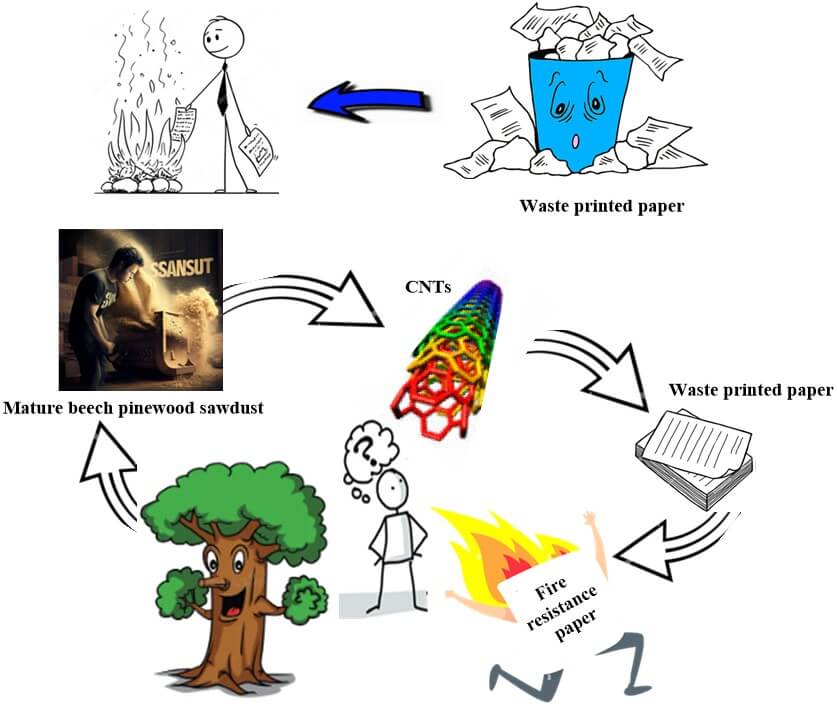 Open Access
Open Access
ARTICLE
Hebat-Allah S. Tohamy*
Cellulose and Paper Department, National Research Centre, Dokki, Giza, P.O. Box 12622, Egypt
* Corresponding Author: Hebat-Allah S. Tohamy. Email:
(This article belongs to the Special Issue: Recent Advances on Renewable Materials)
Journal of Renewable Materials https://doi.org/10.32604/jrm.2024.054977
Received 13 June 2024; Accepted 14 October 2024; Published online 28 October 2024

View
Download
Like
Polyisocyanuratoesters: Renewable Linear Polyesters with High Flame Retardancy
Zijian Chen, Rui Hou, Jianbing...Enzymatic Degradation of Poly(butylenesuccinate)/ Thermoplastic Starch Blend
Anna Kundys, Justyna Ostrowska,...Antioxidant Migration Studies in Chitosan Films Incorporated with Plant Extracts
Victor Gomes Lauriano Souza, Patrícia...Carbon Nanotube/Cellulose Nanocrystal Hybrid Conducting Thin Films
Christophe Olivier, Jean Bruno...